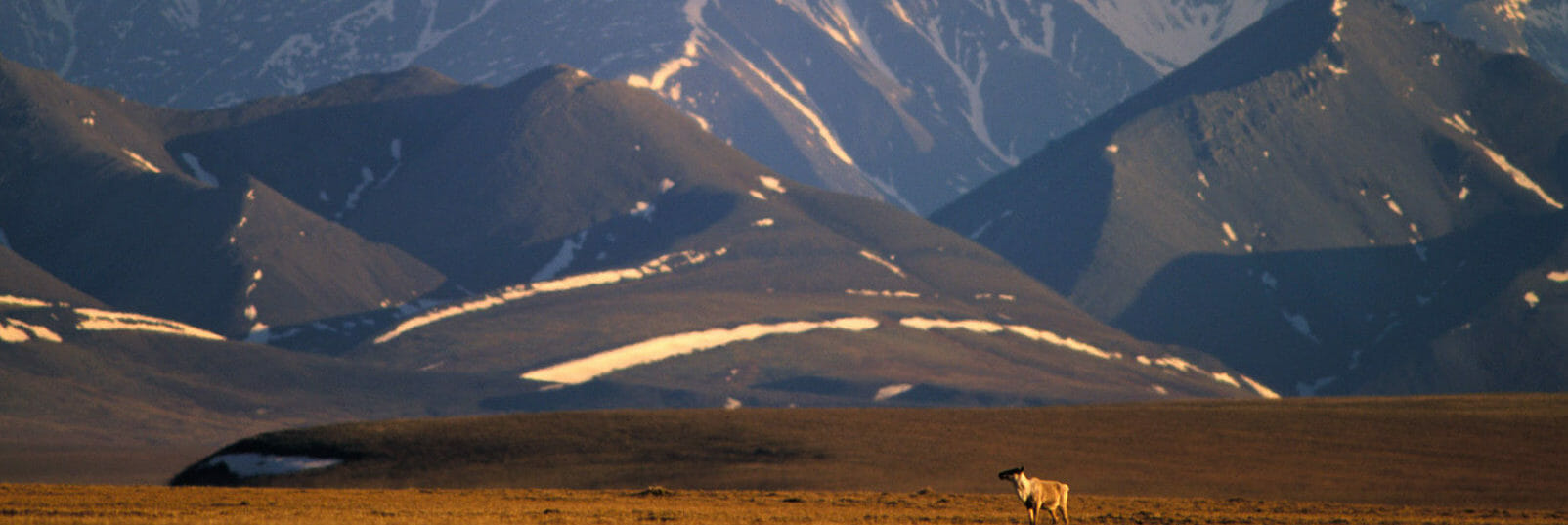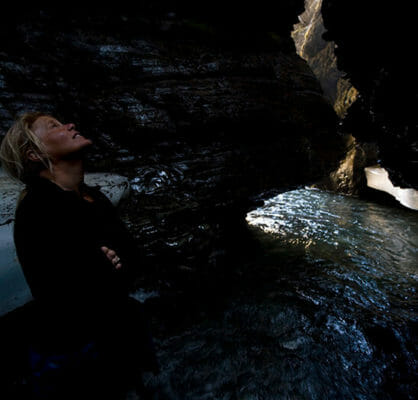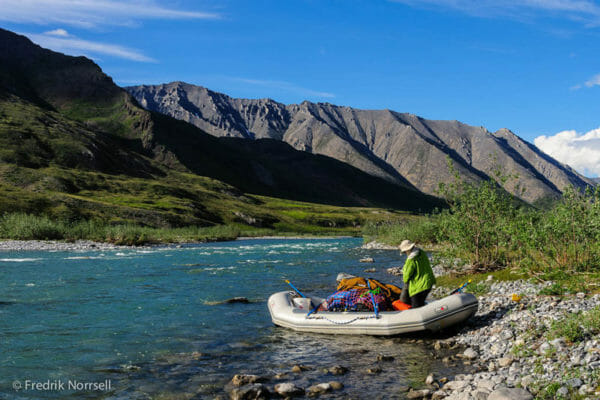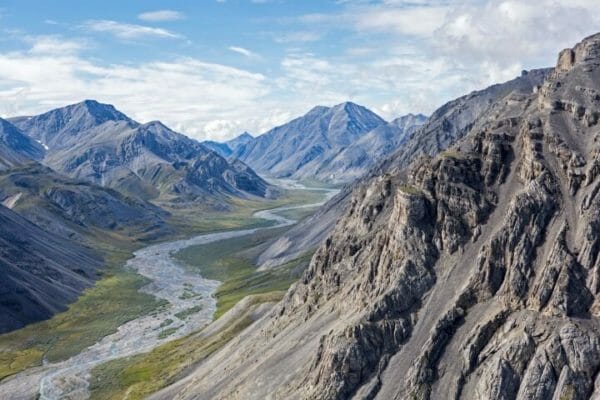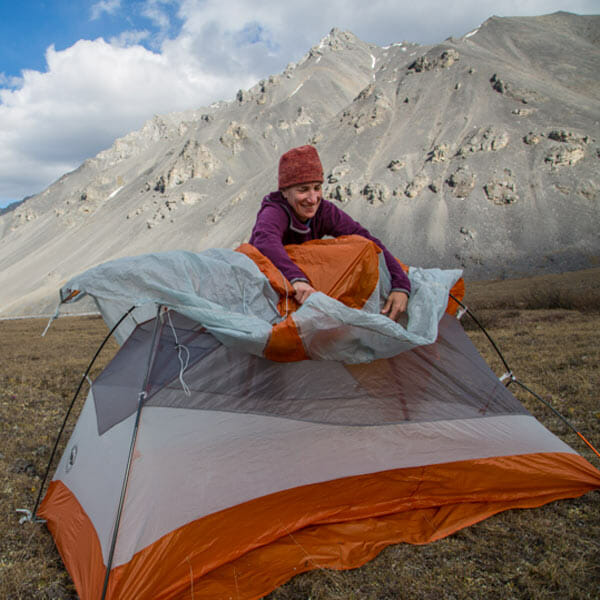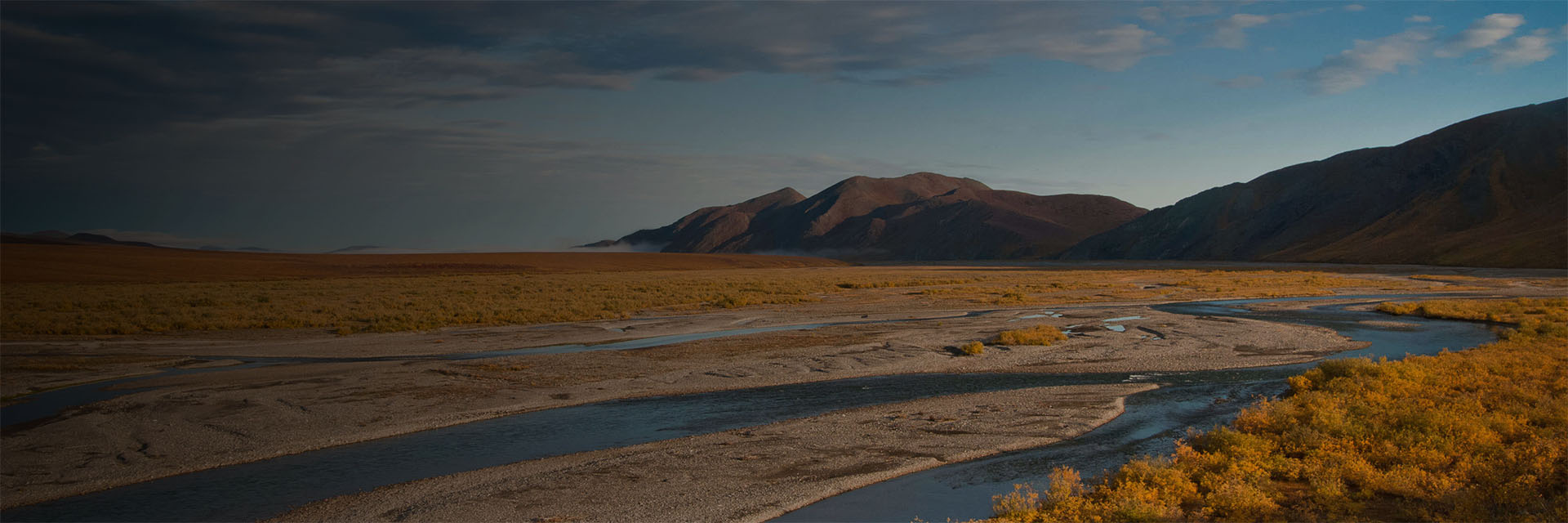Last updated: June 10, 2024
Itinerary
What follows is a general flow of events. Expect the unexpected and prepare to be flexible.
June 24
Meet your guides for a pre-trip meeting at 4pm at Arctic Wild headquarters in Fairbanks.
June 25
Fly from Fairbanks to the Gwich’in settlement of Arctic Village, where we switch to a smaller plane and head further north, over the spectacular Philip Smith Mountains, to our put-in on on the Marsh Fork of the Canning River. We will set up camp and inflate our rafts in preparation for the next day’s float.
June 26 - July 5
We will spend our time floating from the headwaters of the Marsh Fork to the Coastal Plain. Along the way we will have as many as three or four layover days to enjoy day hiking, fishing, or just hanging around camp, enjoying the solitude and quiet. The hiking is fantastic the entire length of the river and wildlife can be found at any time. There are hard hikes and easy strolls from each camp. Only your imagination limits the adventures we can have. On our travel days we will paddle for about about 5 hours. There is a bit of whitewater and lots of fast water but also plenty of stretches where we can watch the sky and scan the mountains for wildlife. We will bring one paddle raft, captained by one of our guides and helped down the river by 3 of you. We will also bring an oar raft which can take the bulk of the gear and 2 or more others from your family and will be rowed by your second guide.
July 6
Pack our gear and await the arrival of our bush pilot, who will land on a long gravel bar. If the weather permits, we will fly back to Fairbanks in time for a late dinner.





